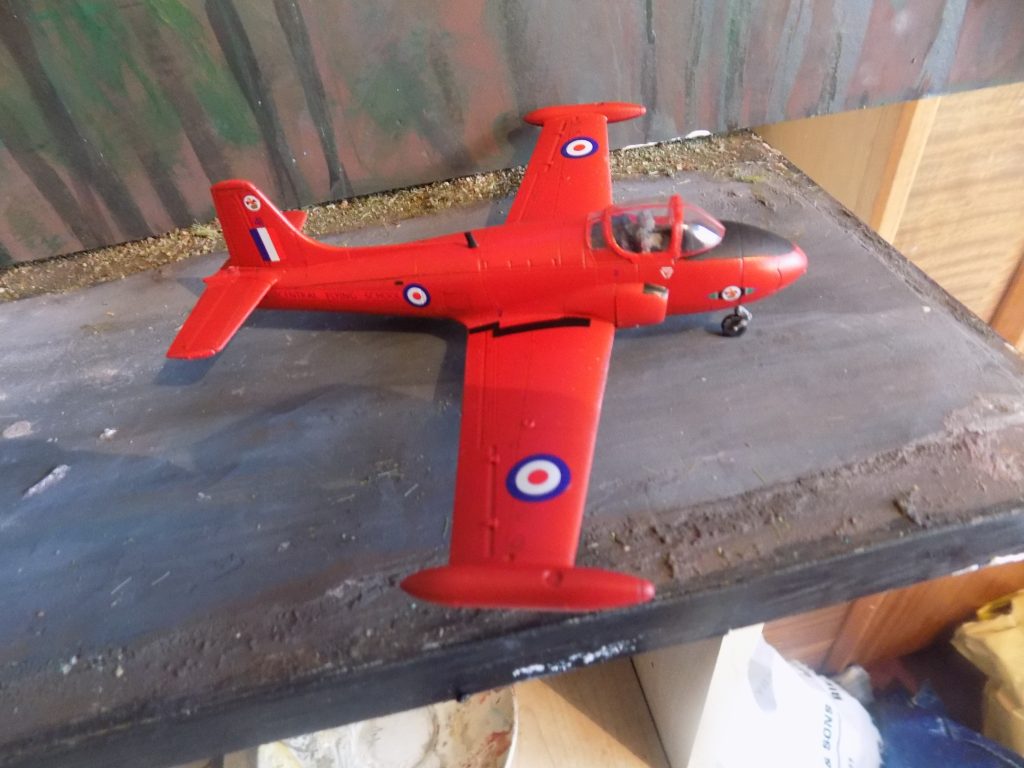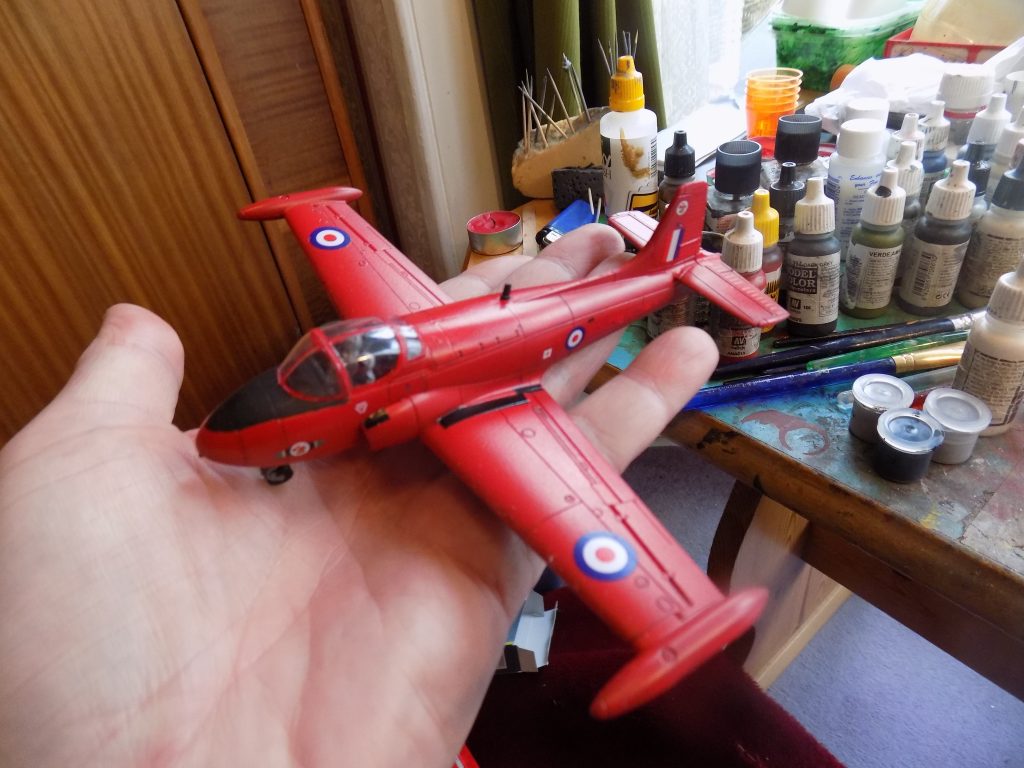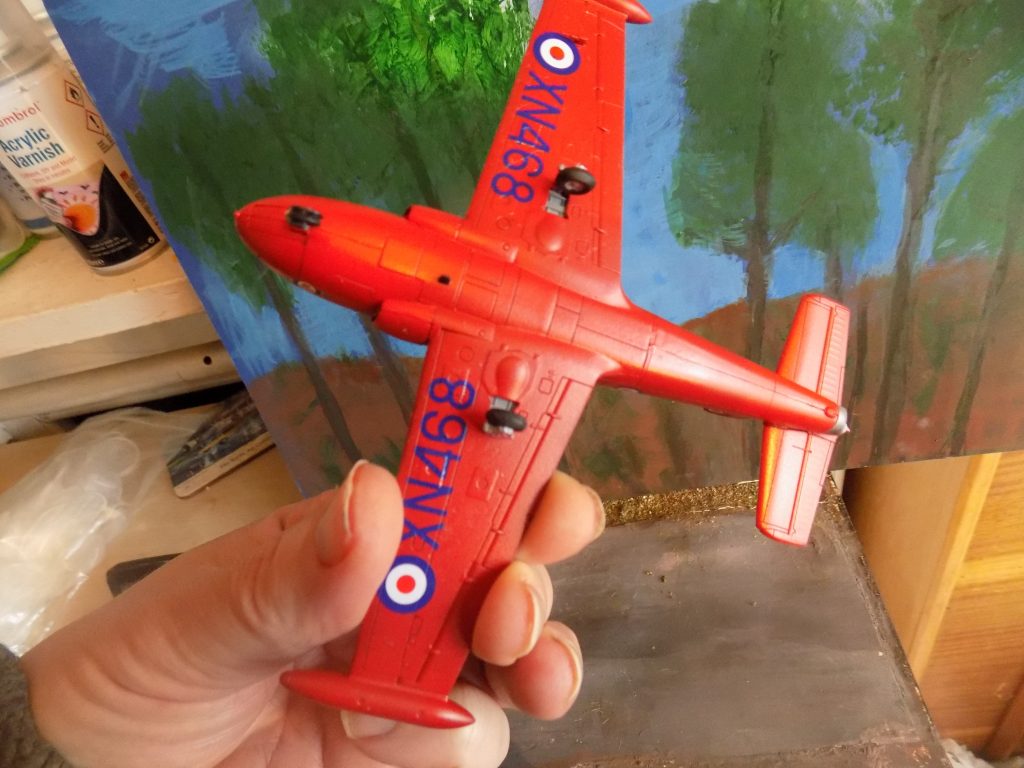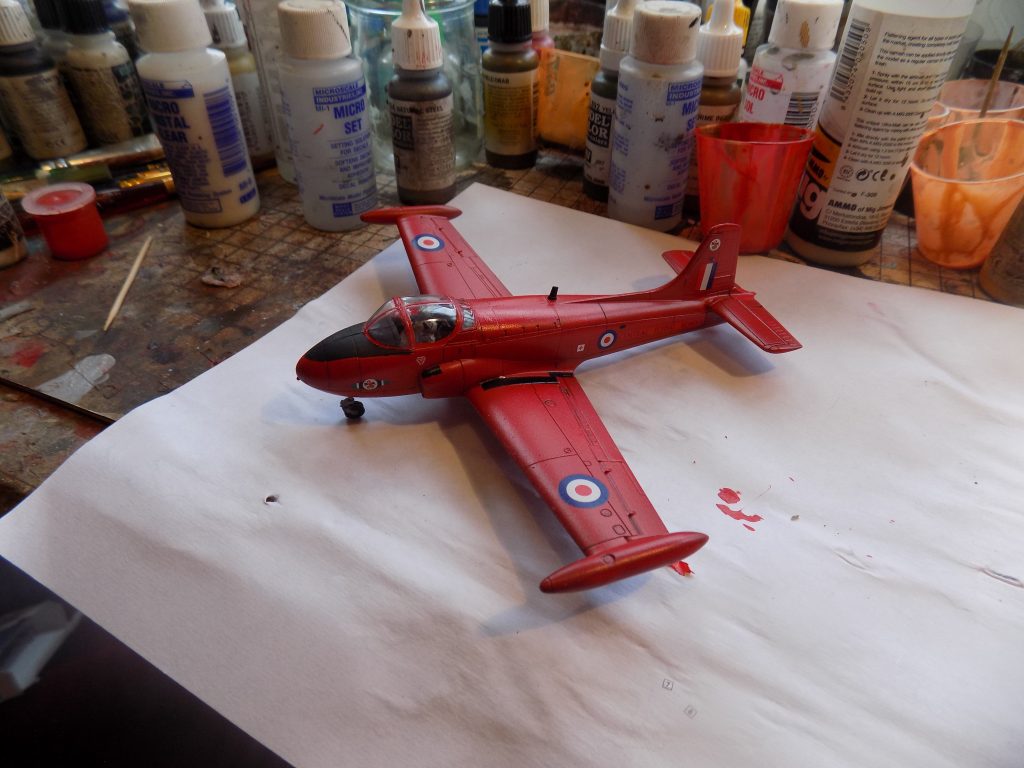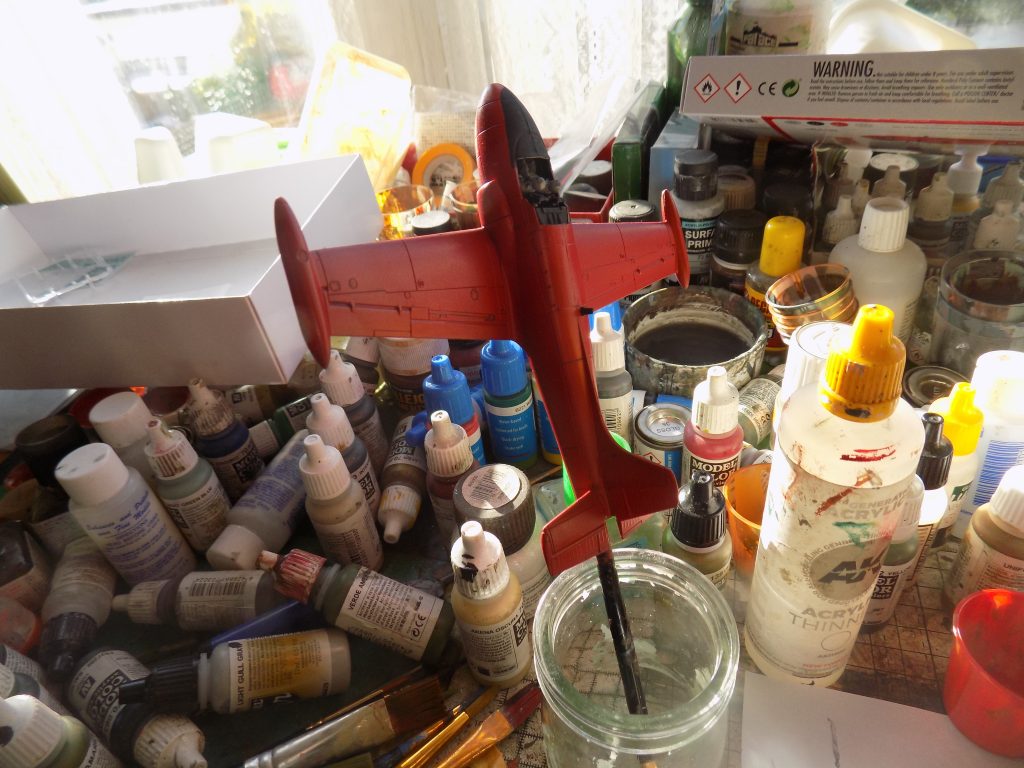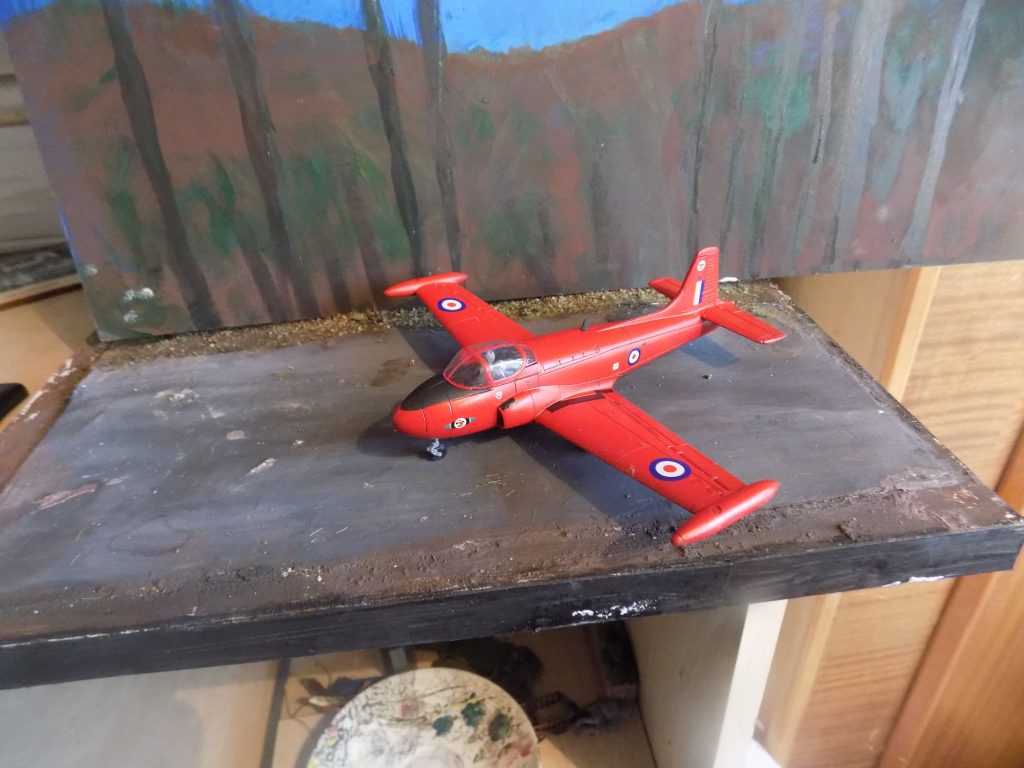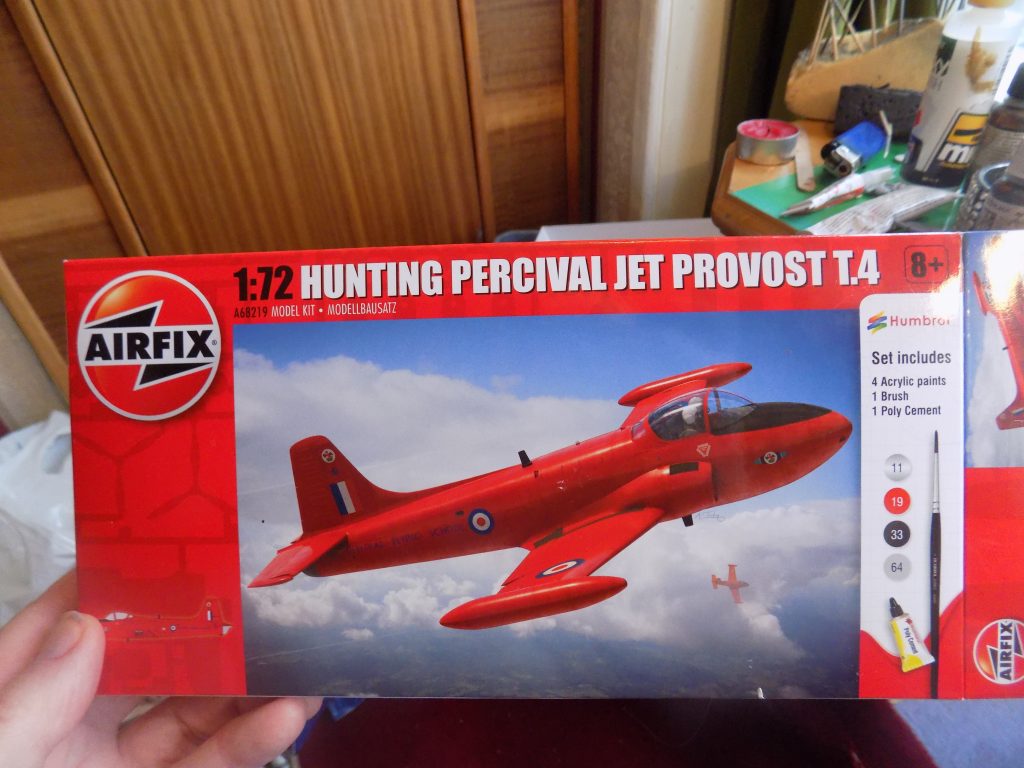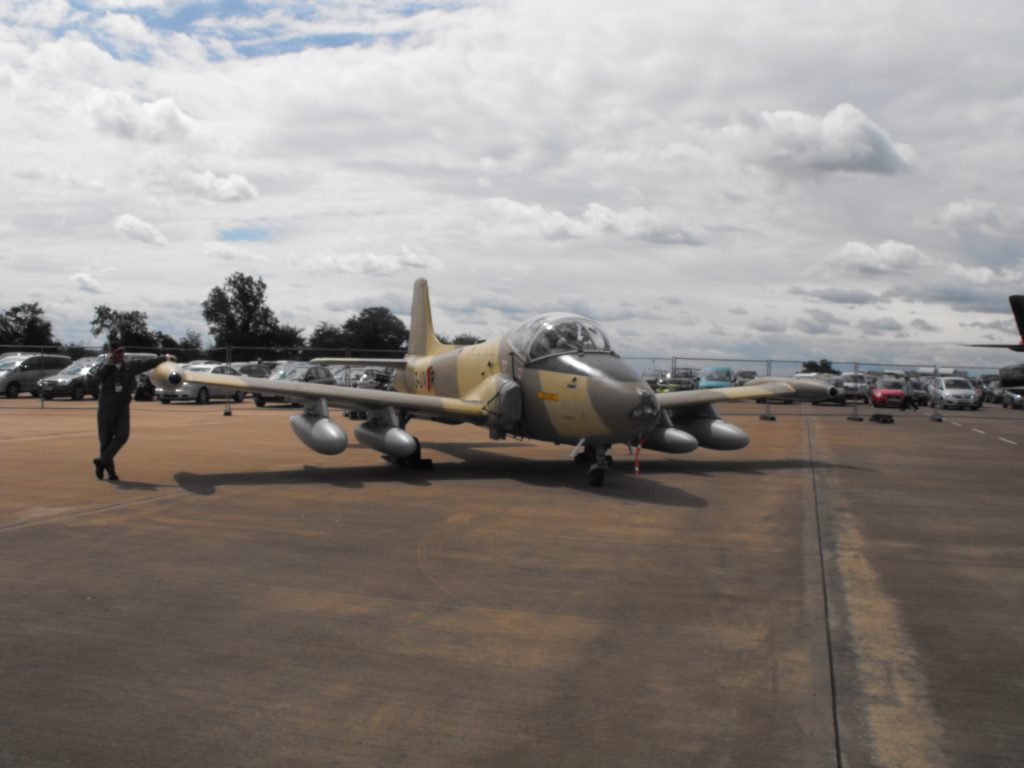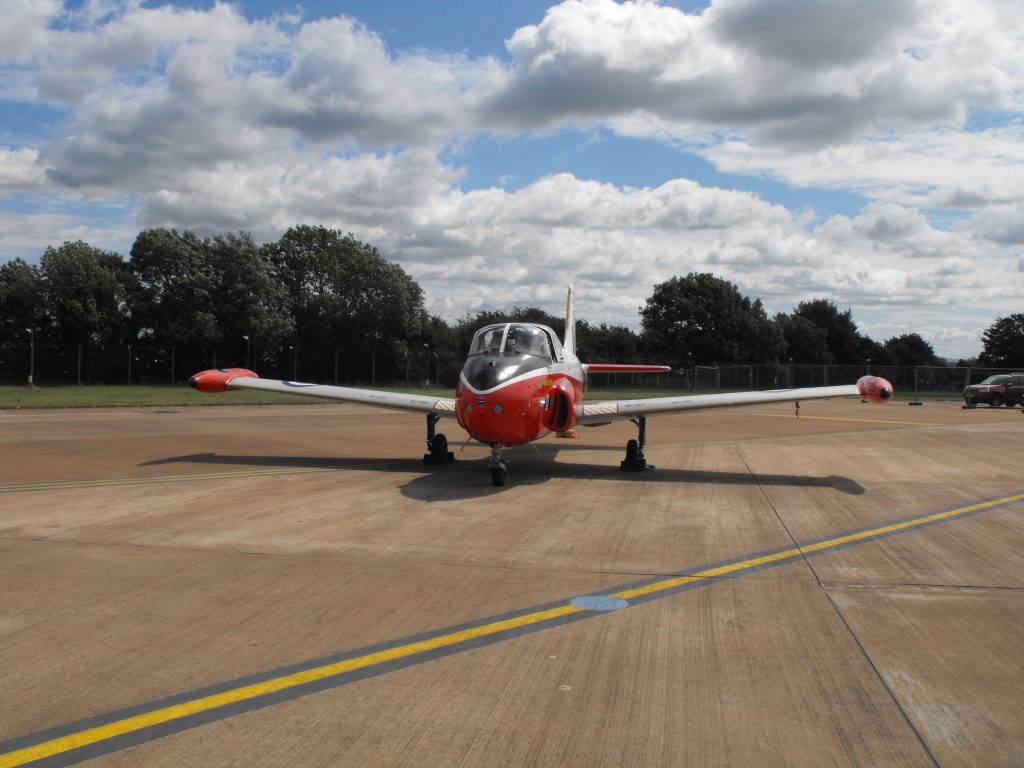
My version is the XW547/R “Guinness Girl/Pauline”, Op. Grandby/Desert Storm, Muharraq Airport, Bahrain, 1991.








My version is the XW547/R “Guinness Girl/Pauline”, Op. Grandby/Desert Storm, Muharraq Airport, Bahrain, 1991.







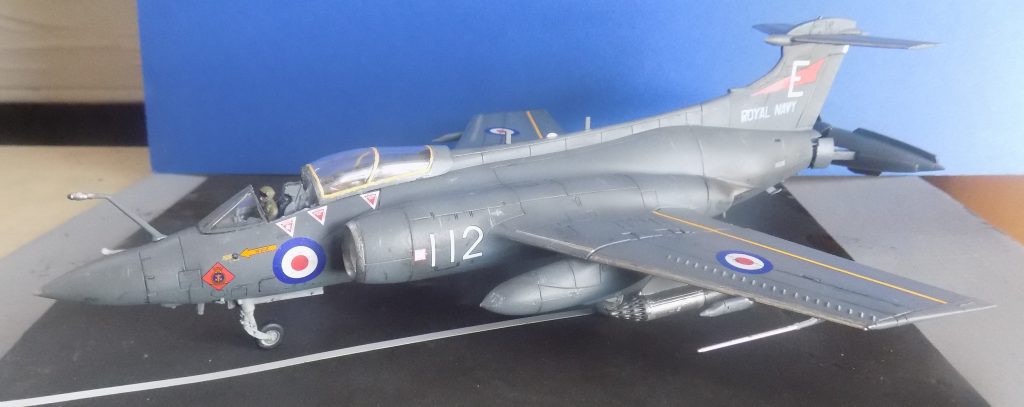
Another one of my ventures into classic British post-war jets, this time the famous Blackburn Buccaneer which entered RN service in 1962 ‘to counter the significant threat of a massive Soviet naval expansion programme’ (Airfix).
This was quite a challenging kit as most jet models are and needed a bit of forethought before actual construction. There is an option for folded wings as it is a carrier aircraft but I decided to keep mine down as I like the lines of this aircraft so much. As you can see, I have also deployed the airbrake at the back of the aircraft although initially I had left it closed which required a bit of delicate surgery to remove it!
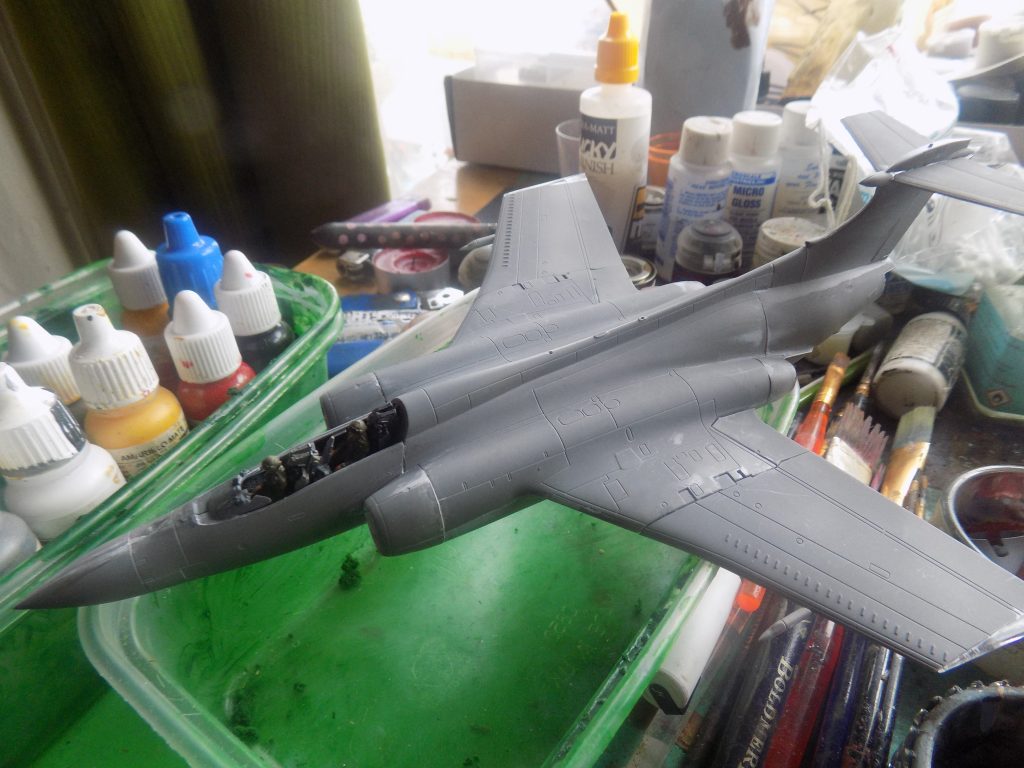
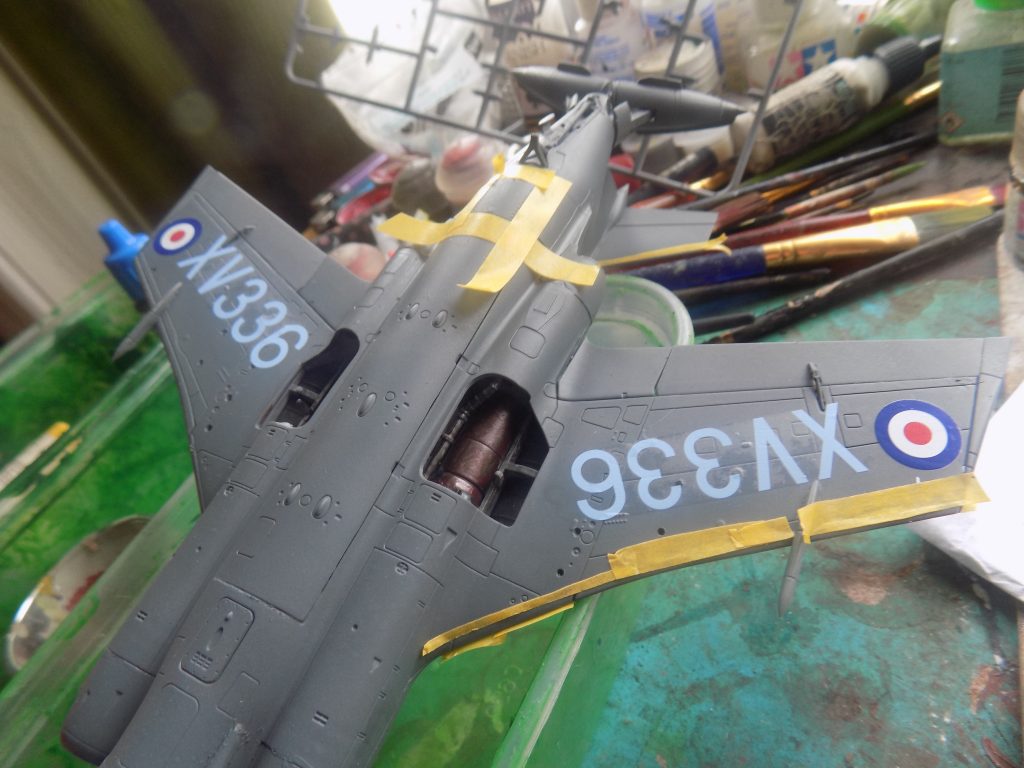
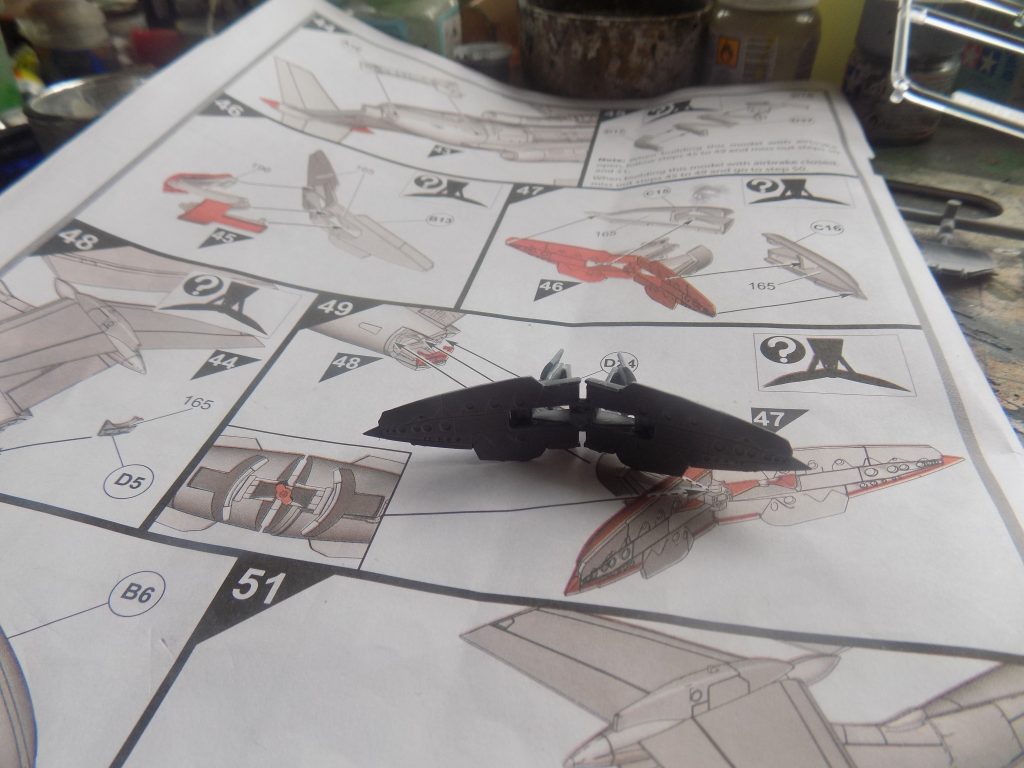
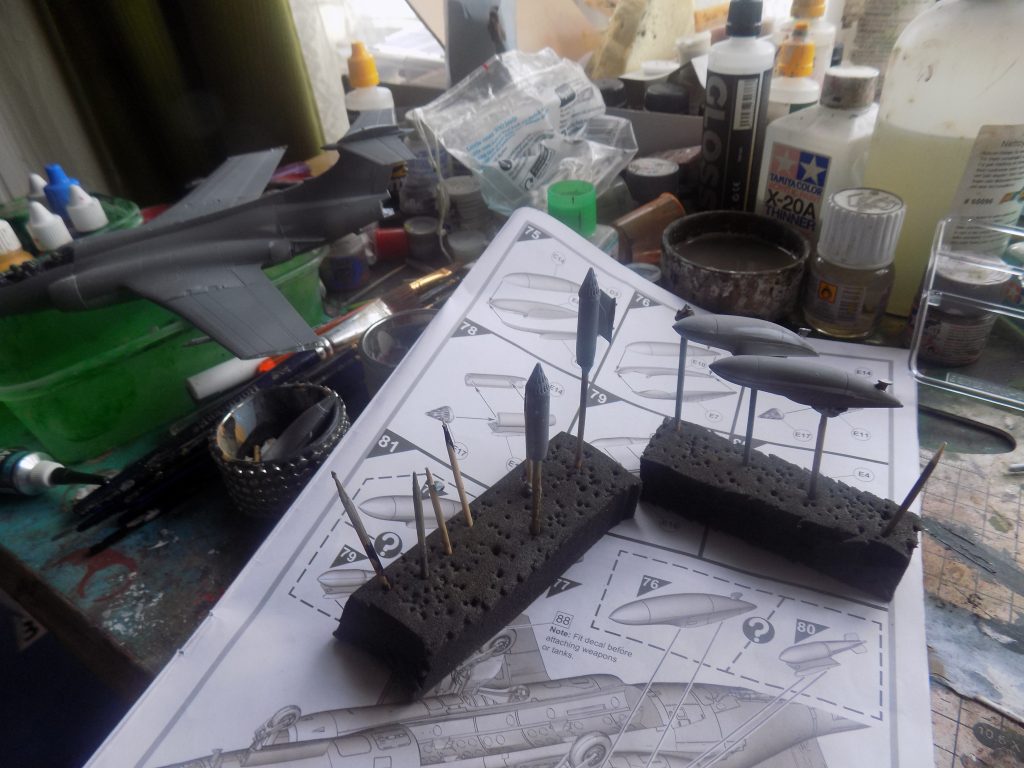
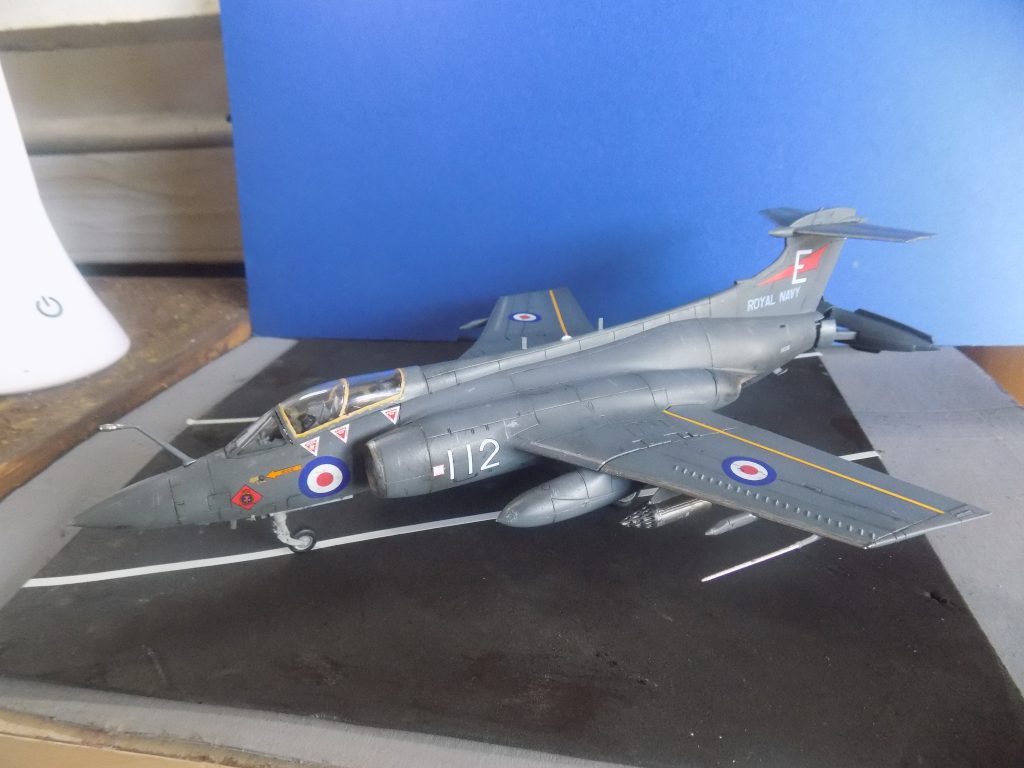
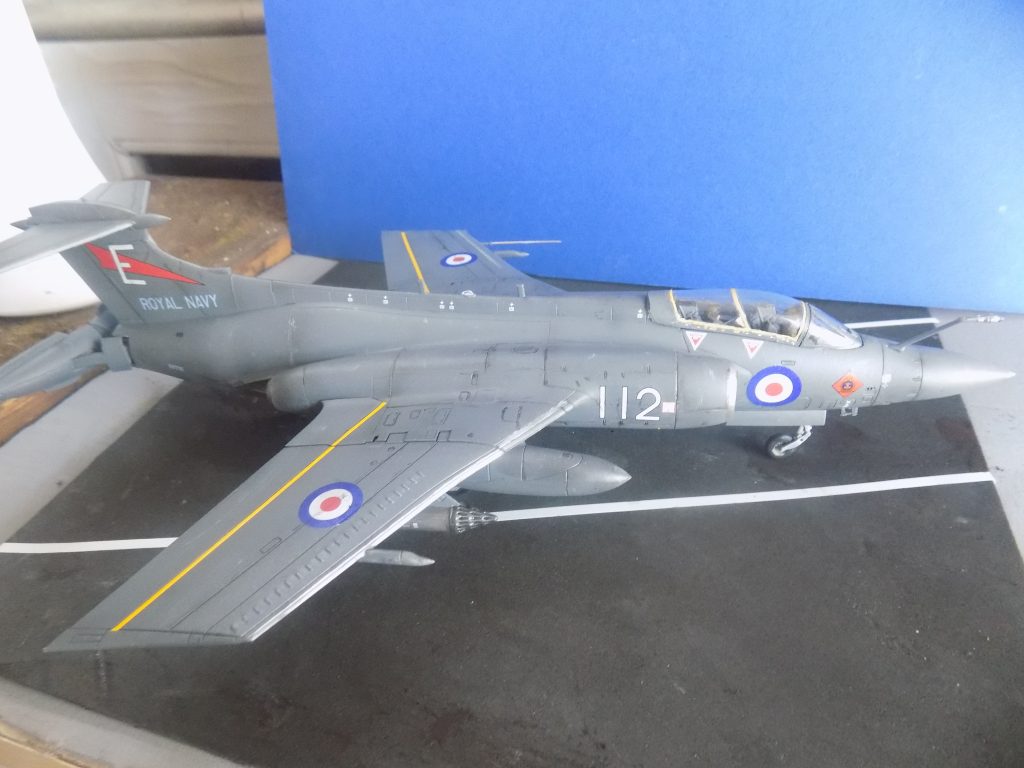
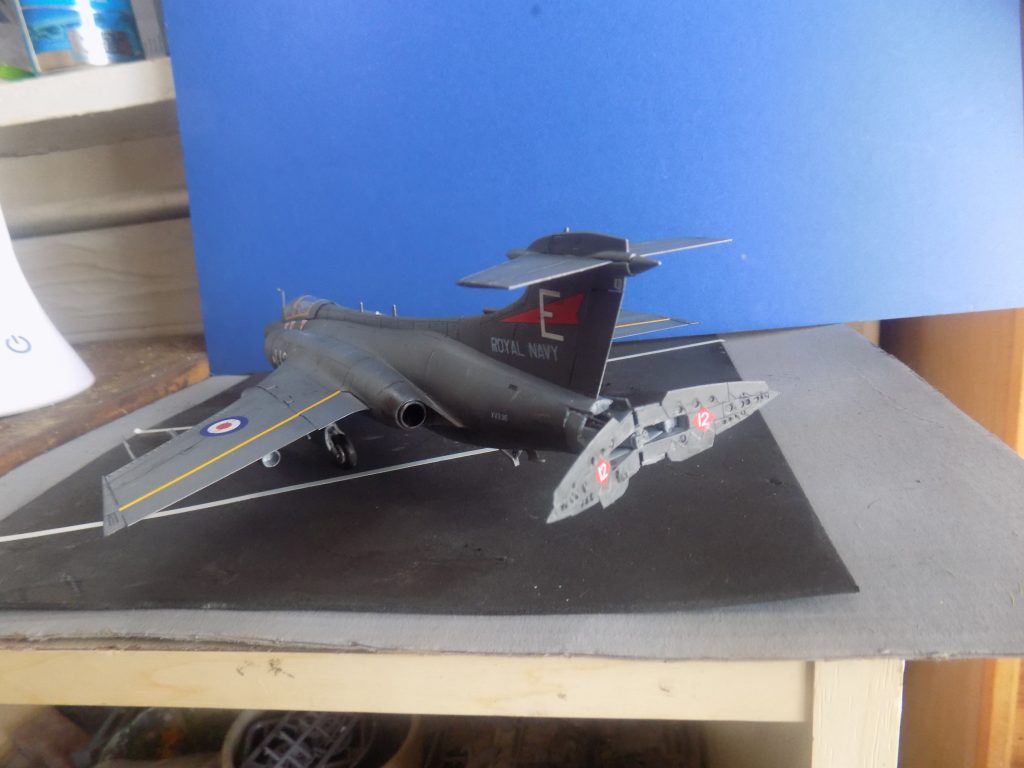
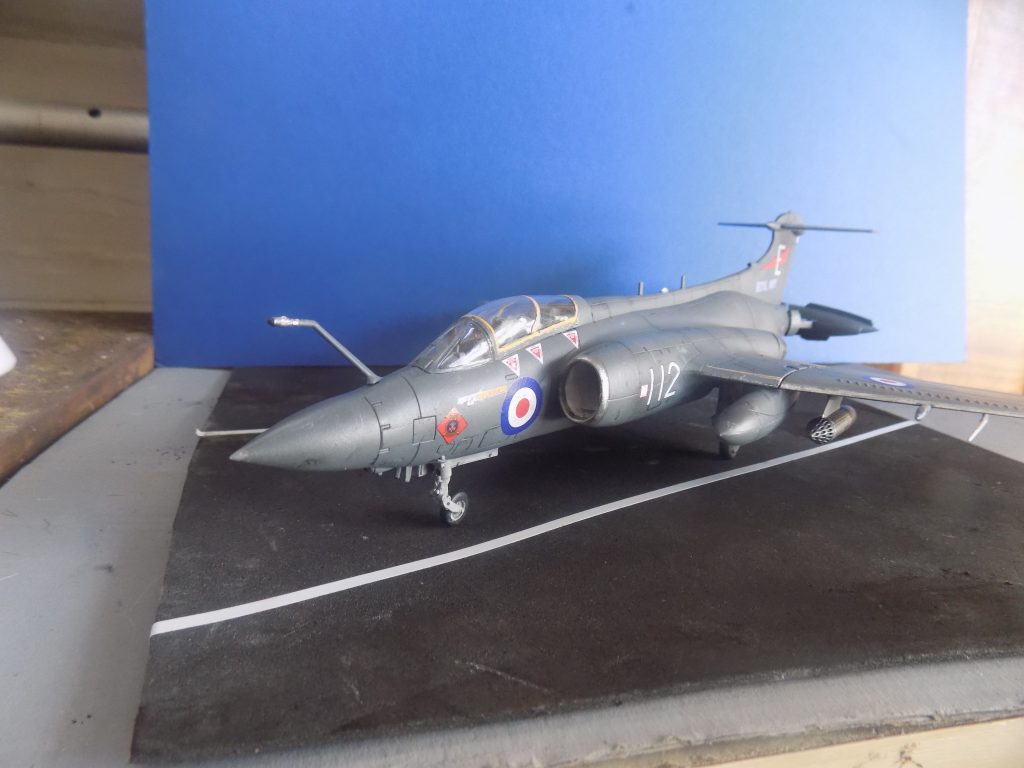
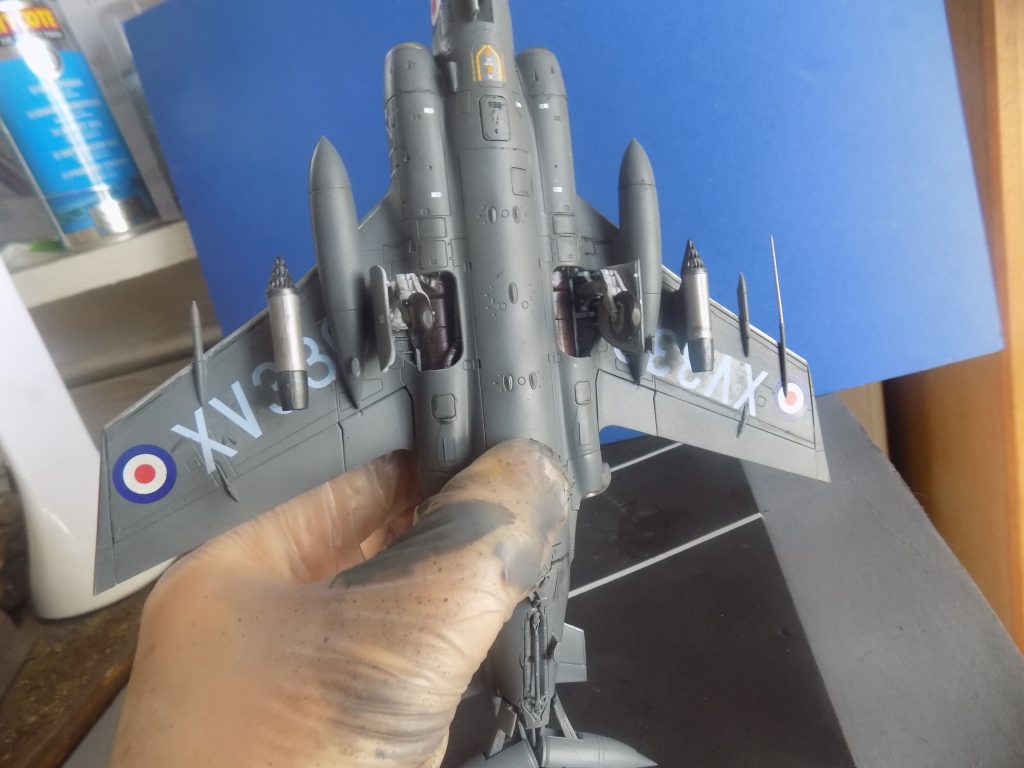
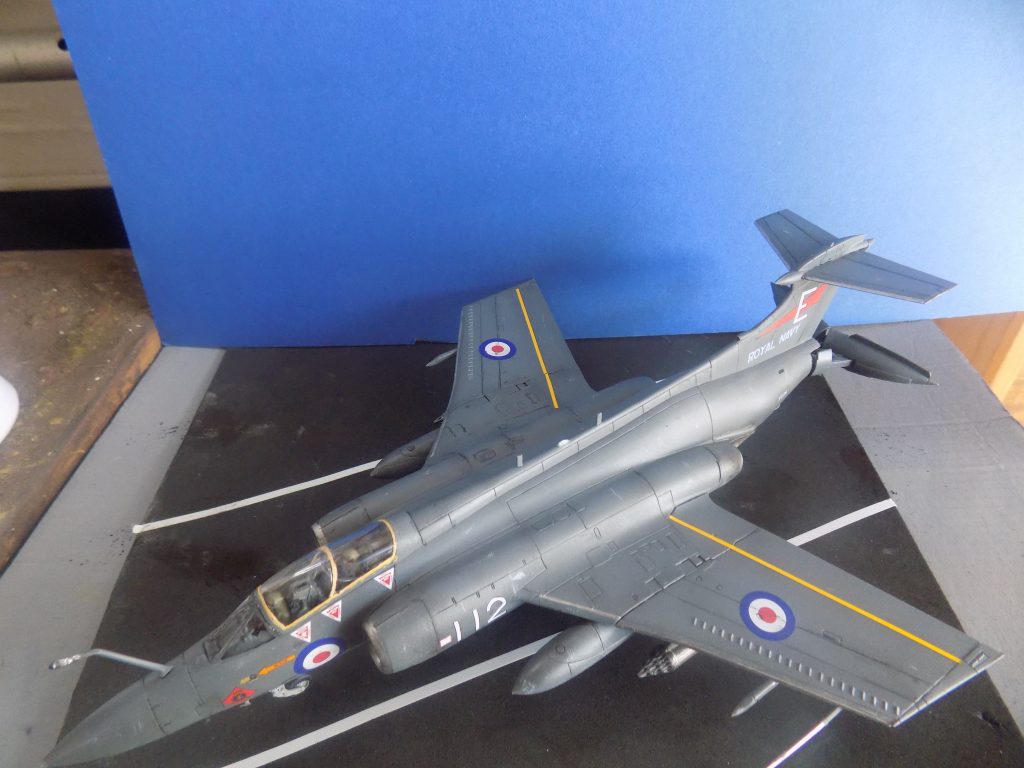
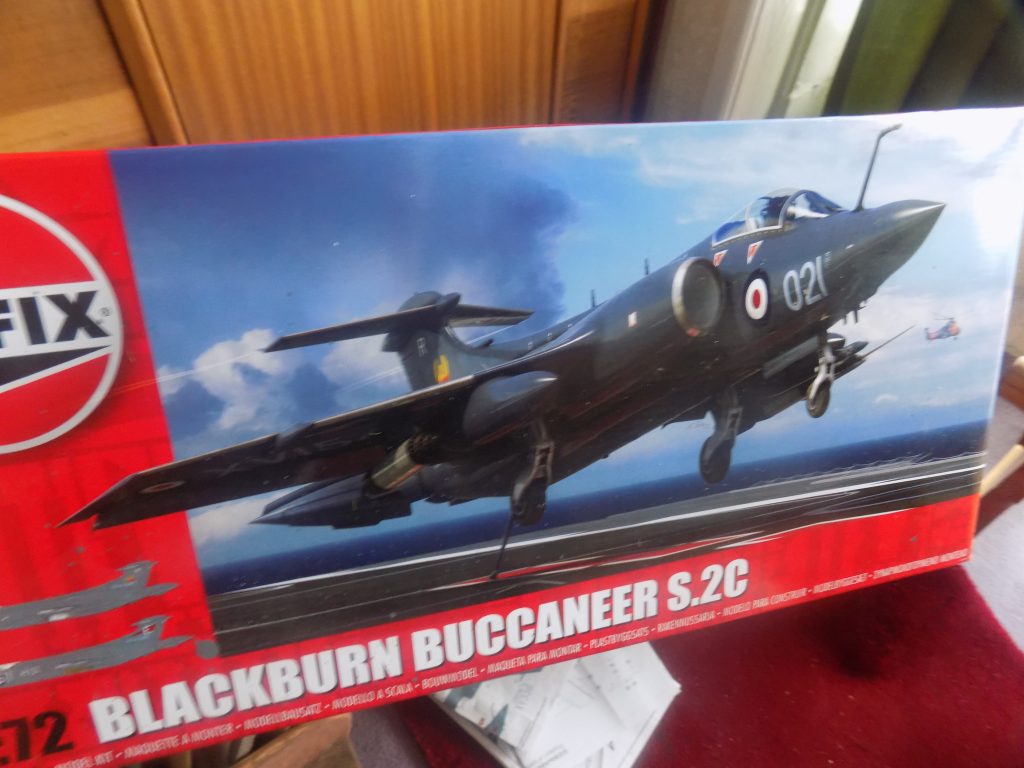
History
Just a note about the Buccaneer from James Hamilton-Paterson’s book ‘Empire of the Clouds’. Apparently, the Navy had been against the TSR.2 (the eventually aborted ‘Tactical Strike Reconnaissance’ aircraft ed. )because they had been promised a carrier-borne strike aircraft for their own use, the Blackburn Buccaneer, and they worried that the TSR.2 project would consume all available funds before the Buccaneer became airborne. The RAF wanted an aircraft which was to be supersonic, which the Buccaneer unfortunately was not, and after the Lightning anything else was considered a retrograde step. As he puts it, ‘Additional heat was supplied to this argument by the ancient inter-service rivalry in which the RAF and the Fleet Air Arm each pretended the other hardly existed, let alone was competent to fly an aeroplane’ (!).
In the end, Blackburn came up with a proposal for the P.150 supersonic version of the Buccaneer.
Airfix states:
‘British thinking at the time was to use their new strike jet to destroy the Soviet ships with a combination of conventional and nuclear weapons. Capable of extremely high speeds at low level, the Buccaneer proved to be ideal even though the performance of the first Buccaneers to enter service was affected by a lack of power from their two de Havilland Gyron junior engines. Addressing most of the issues which prevented the early aircraft from realizing their full potential, the Buccaneer S.2 was a much improved platform, boasting a modified wing, increased fuel capacity and a pair of powerful Rolls Royce Spey engines. This new variant provided the Fleet Air Arm with a truly exceptional strike aircraft, which excelled in the low-level environment. As the Royal Navy retired their larger carriers in 1978, their much-loved Buccaneers were transferred to the care of the Royal Air Force (along with their pilots I might add), who were already admirers of the many qualities possessed by the aircraft and grateful for this increase in their inventory. At its peak strength in the early 1970s, the Buccaneer equipped no fewer than six Royal Air Force squadrons.’
Specifications:
Max speed: 667 mph
Armament: various combinations of unguided bombs, laser-guided bombs and the Red Beard tactical nuclear bombs. 4 Matra rocket pods, 2 x AIM-9 sidewinder or 2 x AS-37 Martel missiles, or 4 x Sea Eagle missiles.
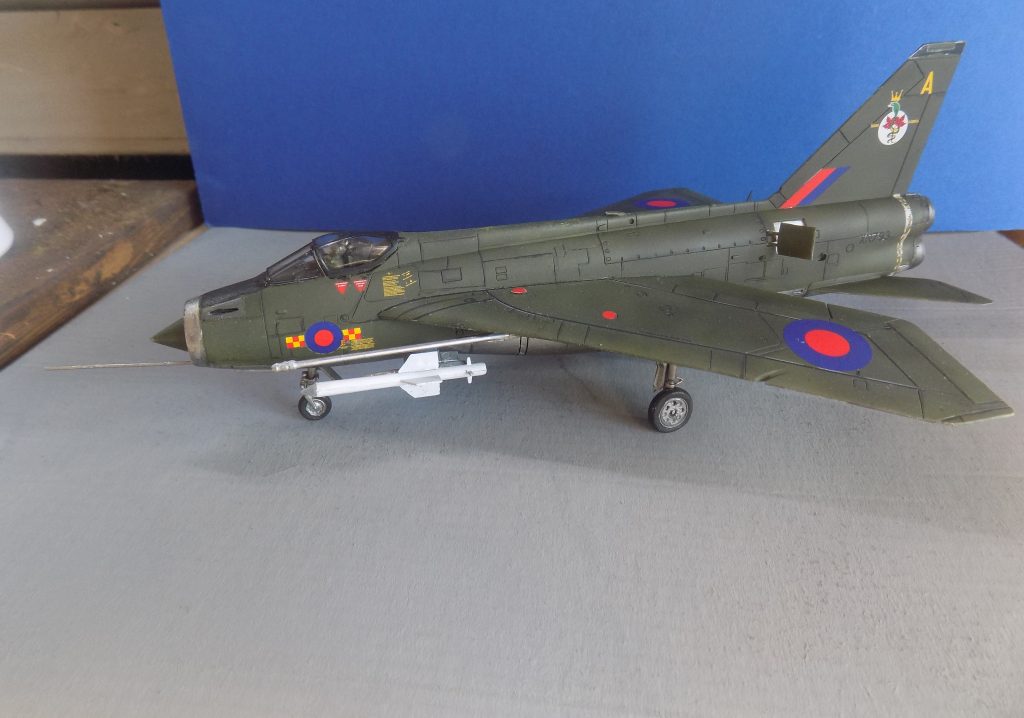
Despite this being a relatively new tooling by Airfix, it had a number of issues. I found it impossible to get the fuselage halves to join near the nose without major surgery inside to the jet intake, fortunately none of which can be seen when complete. It also needed liberal amounts of superglue. Even then I still had to sand the sides to get the canopy to fit better but still not 100%. The missiles were a nightmare to attach and I should have done that at the start and not at the end when the model was already painted! Still, as an experienced modeller, you get used to these problems and overall I am fairly pleased with the final result. This was only my second Lightning model. I built the Frog/Novo version many years ago which I painted all silver from a spray can! Needless to say, I have come a long way since those days!
The iconic Lightning has to rank as one of my all-time favourite jets and I should imagine every young boy who saw one flying dreamed of being a Lightning pilot. I remember seeing one at Exeter airport air display as a child. It was deafeningly noisy at low level and after streaking past the crowd just above the runway it went straight up like a rocket almost vertically and disappeared into the blue in seconds. Unforgettable!
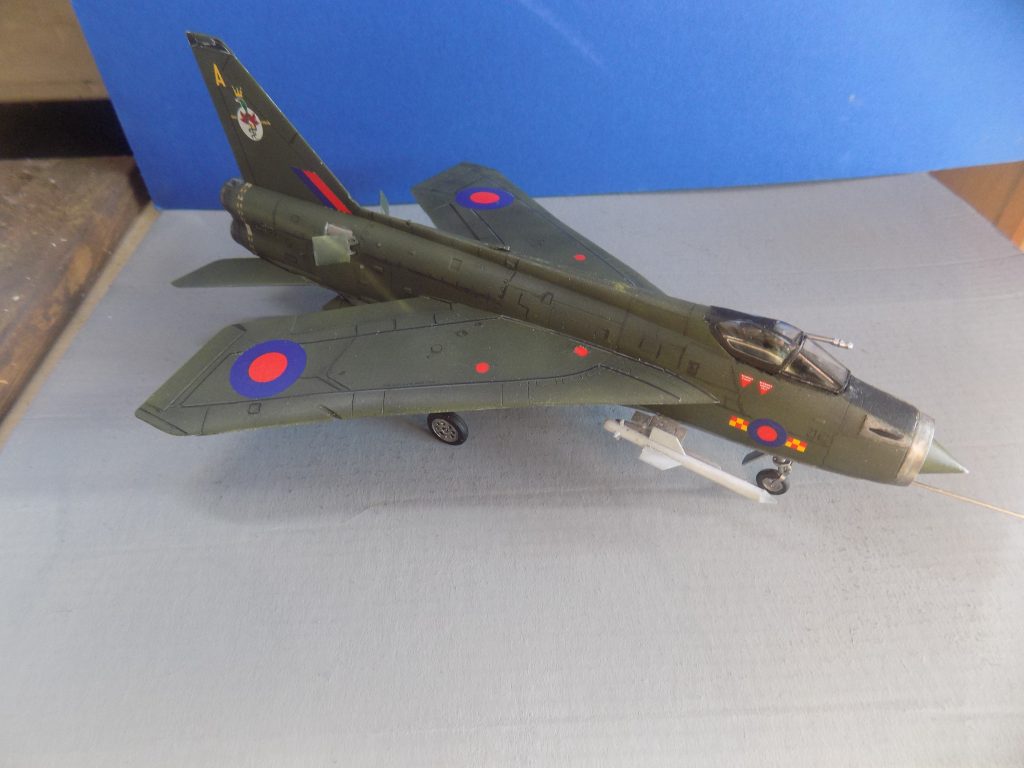
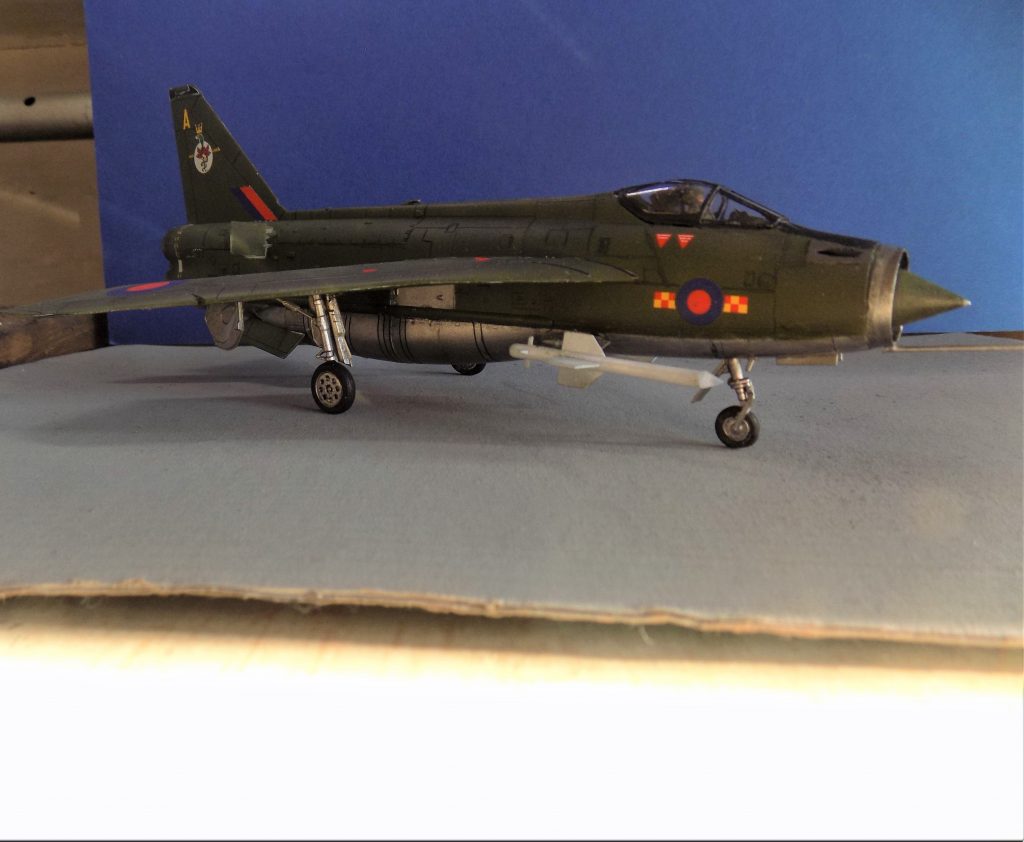
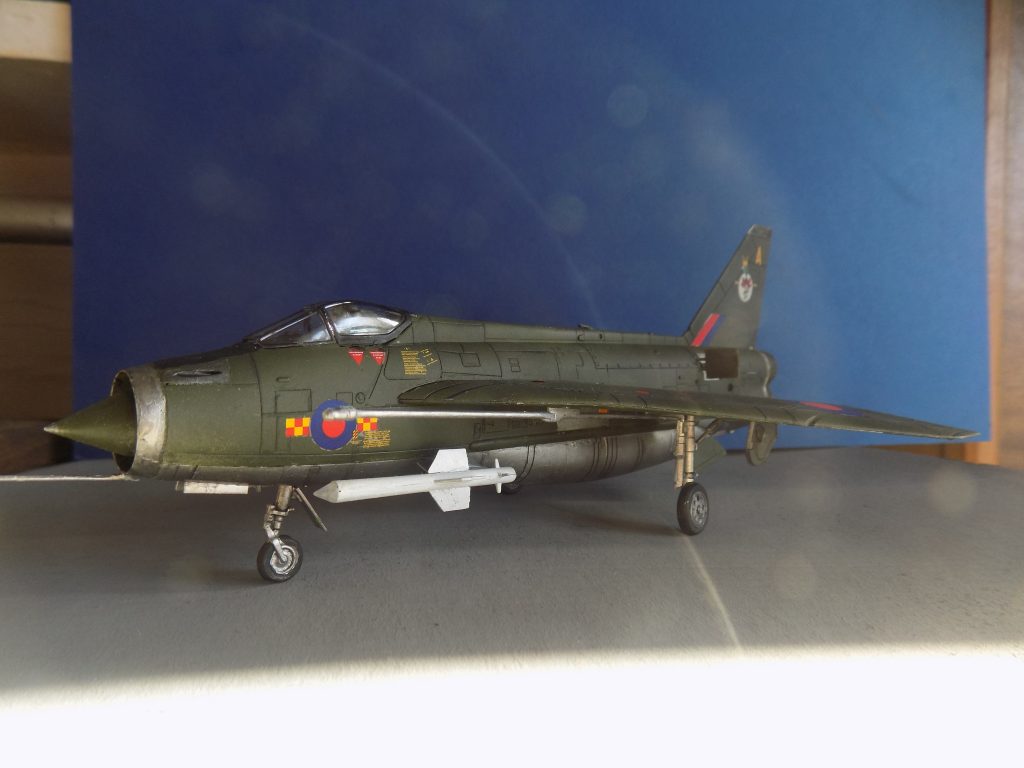
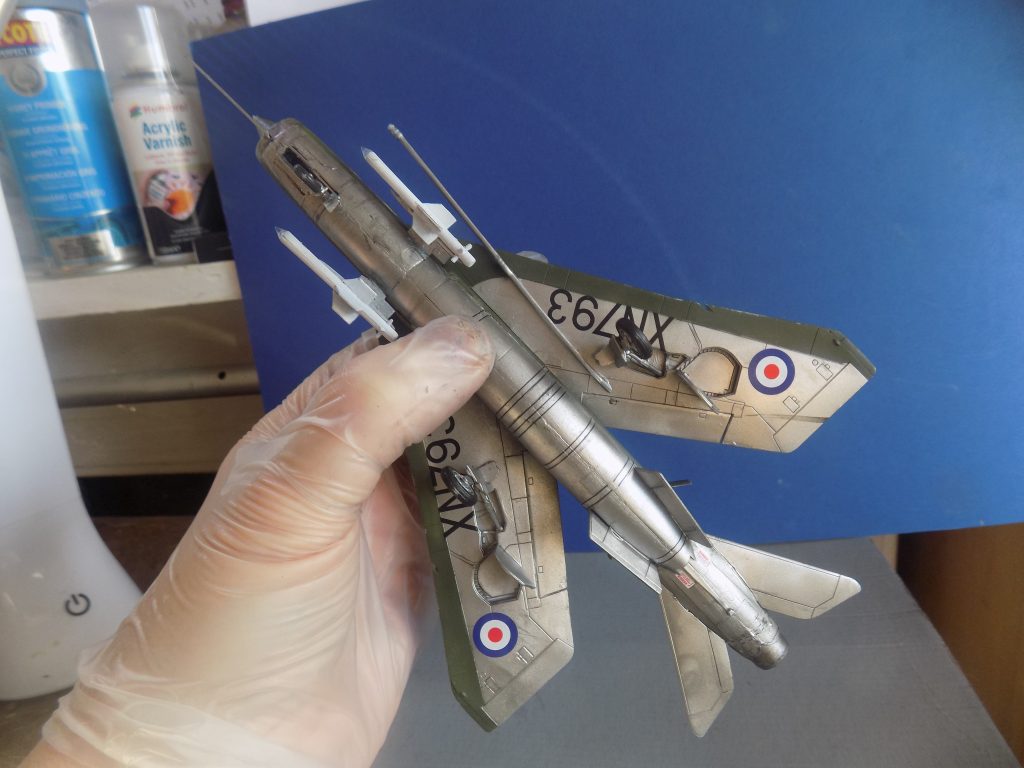
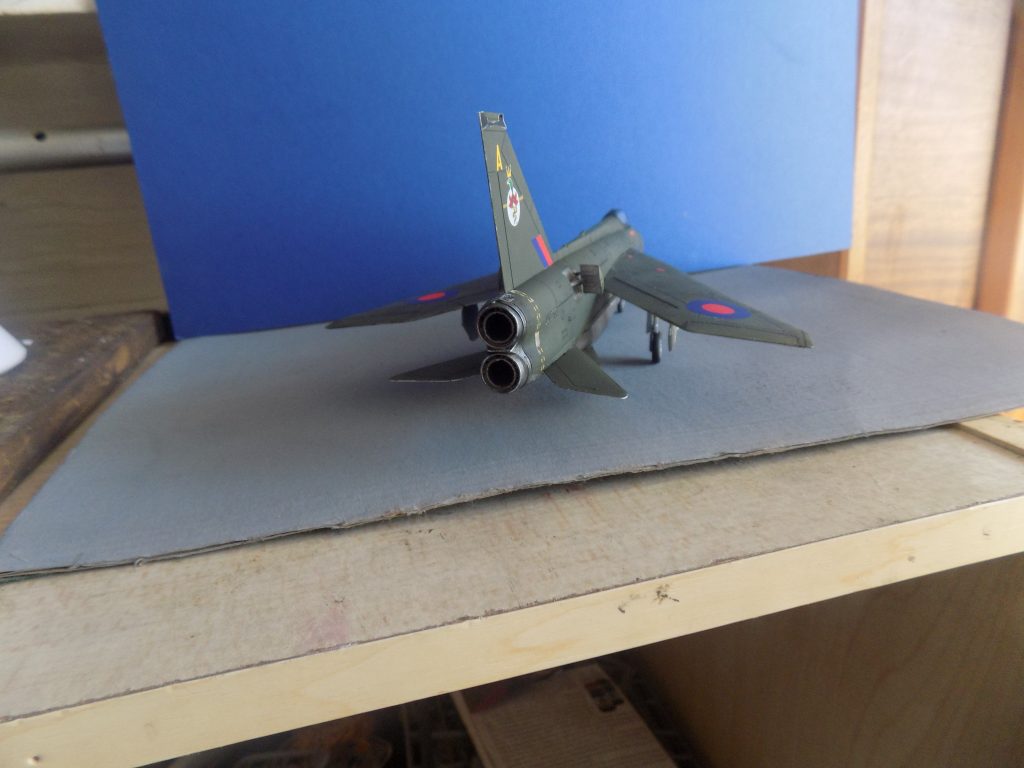
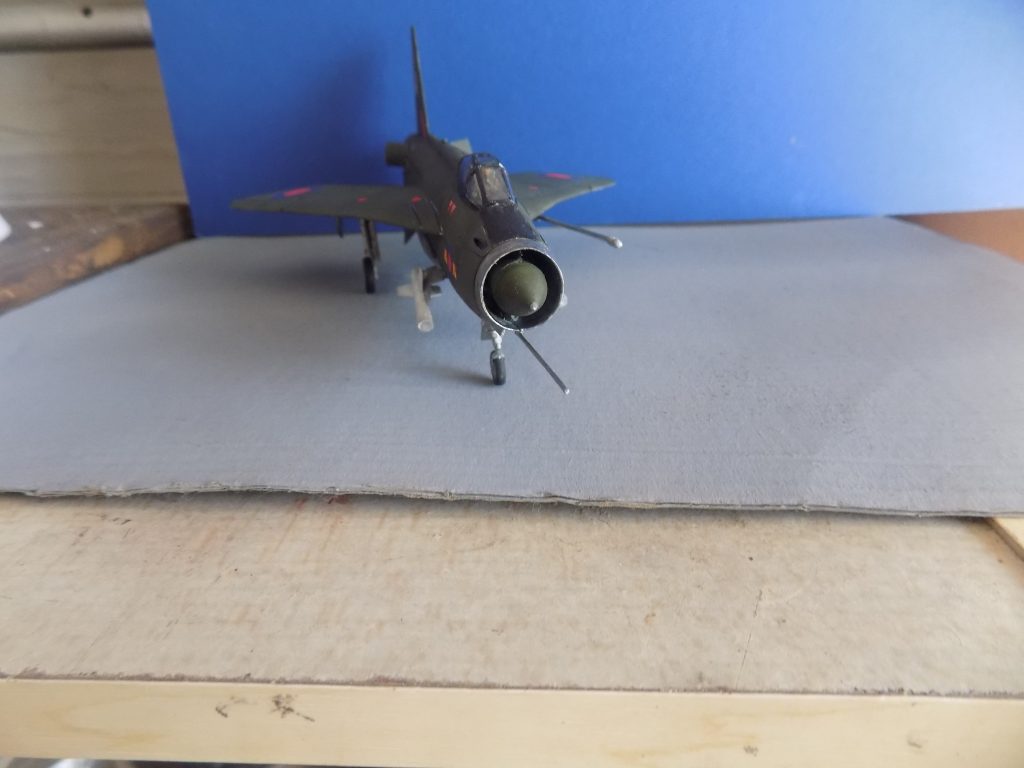
The Lightning was an incredibly complicated piece of engineering and it took about 1,000 hours of maintenance for each hour of flight. This fact together with its ‘short legs’ or restricted range, meant that it was not a great export success although some were bought by the Kuwaiti and Saudi air forces. It was later developed by the British Aircraft Corporation (BAC) and equipped 9 squadrons which were the backbone of British air defence for a quarter of a century. The Lightning was eventually superseded by the Tornado, a far more boring plane in comparison in my opinion!
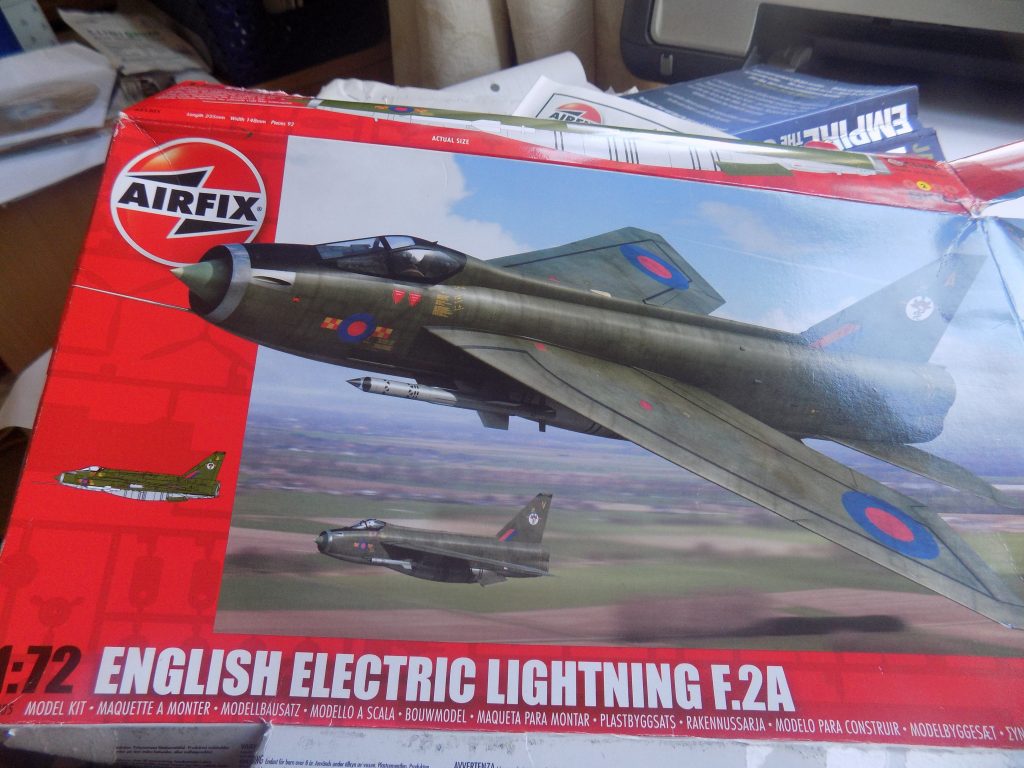
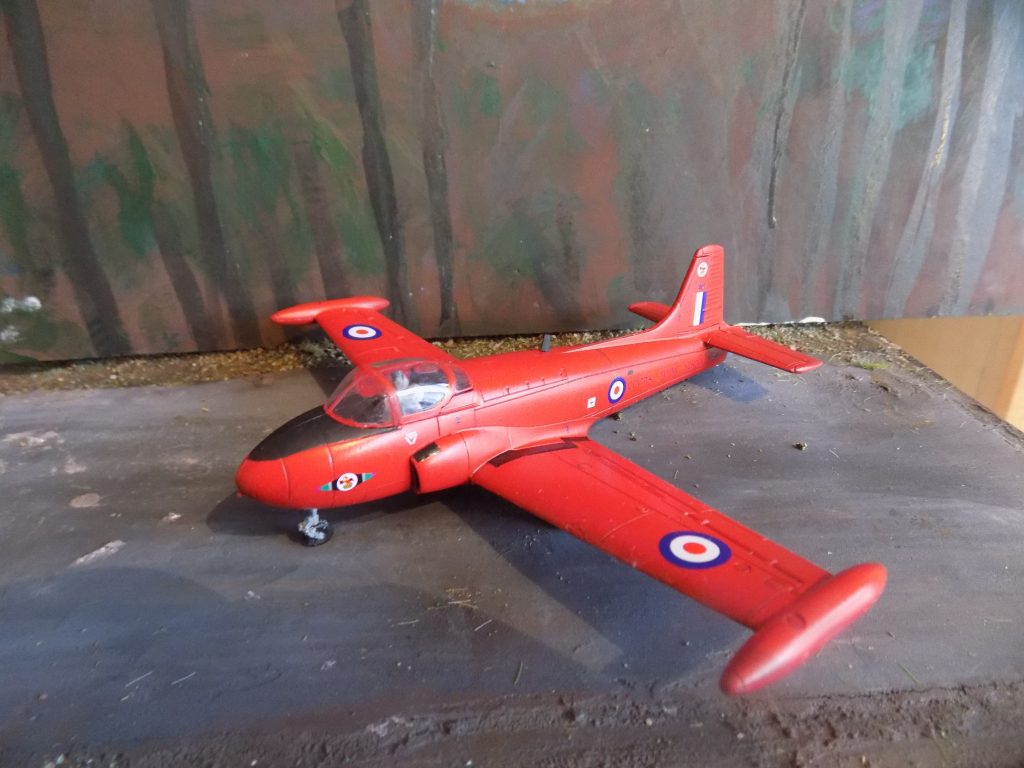
This is the famous Jet Provost trainer, a rare venture for me as I usually concentrate on weapons of mass destruction as you have probably noticed if you are a follower of my site! However, it was later developed into a ground-attack aircraft under the name Strikemaster and developed by BAC (British Aircraft Corporation). The Jet Provost served in the RAF from 1955 to 1993, quite a longevity! Of course now the RAF uses the Hawk trainer instead.
Airfix info:
‘The Jet Provost was introduced in the late 1950s and quickly became the RAF’s premier jet basic trainer. The T3 model, introduced in 1959, featured an uprated engine and an improved canopy design, offering the side by side seated pilot and pupil a much improved view. The Provost was a joy to fly, forgiving and easy to learn on, with many of the 1960s and 70s RAF front line pilots learning their trade on its un-swept wings. Its reliability and strength also added to its suitability as a jet trainer and the addition of wing tip tanks on the T3 also added to its endurance. The T4 model was visually identical to the T3, but featured a more powerful engine again, and both variants served with a wide variety of RAF squadrons and training colleges. The T4 even served with the RAF’s Red Pelicans display team. Today a few ex RAF Jet Provosts remain flying, their suitability as training machines making them highly suitable for civilian jet operations’.
This kit was a breeze to put together which was as well, as the painting was quite tricky. The upside is that you really don’t need to add a varnish finish and can get straight on with the decaling.
